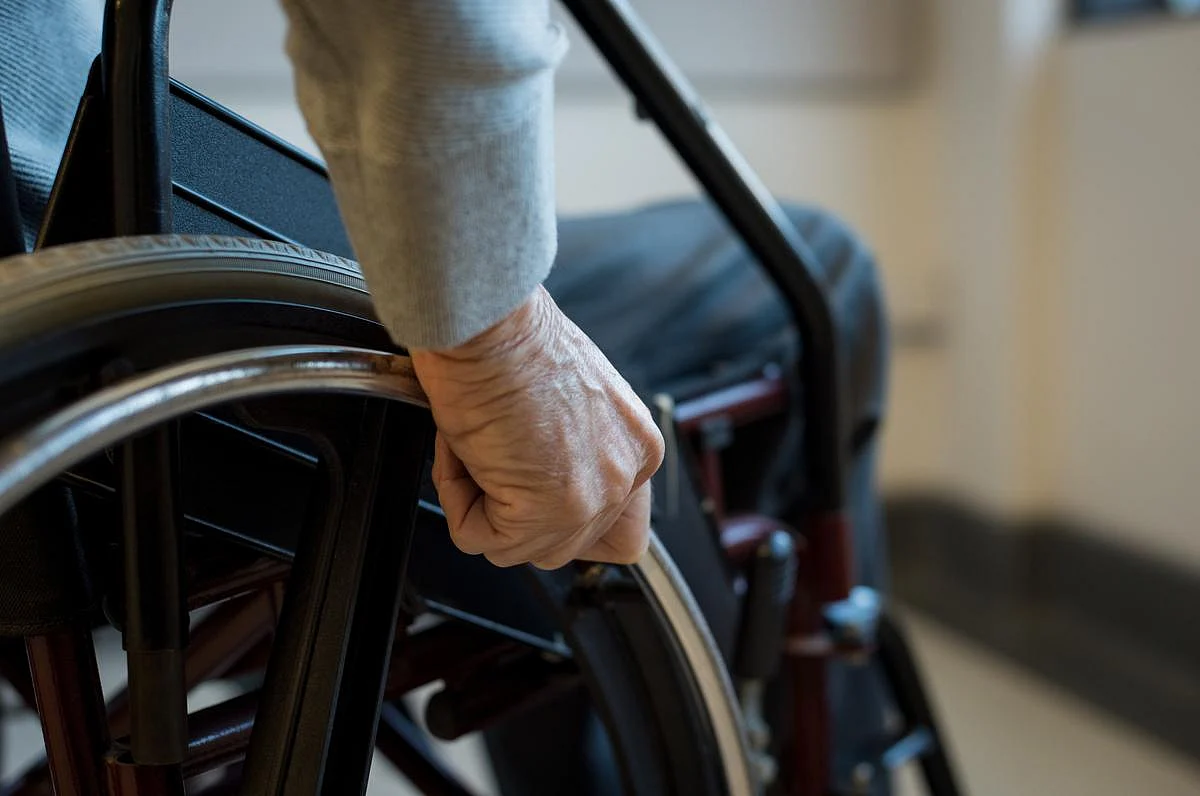Get Healthy!

- Posted August 15, 2025
Source Of Breathing Problems Identified For People With Spinal Cord Injuries
Breathing problems are common among people with a spinal cord injury, frequently contributing to illness and death.
But researchers think they’ve sussed out a way to potentially improve these patients’ ability to breathe, a new study says.
A group of nerve cells in the brain and spinal cord called interneurons works to boost breathing when a person grows short-winded from exercise or high altitude, researchers report this month in the journal Cell Reports.
By manipulating these nerve cells, researchers might be able to create treatments for spinal cord patients who struggle to breathe on their own.
“While we know the brainstem sets the rhythm for breathing, the exact pathways that increase respiratory motor neuron output, have been unclear — until now,” lead researcher Polyxeni Philippidou said in a news release. She’s an associate professor of neurosciences at Case Western Reserve University School of Medicine in Cleveland.
In the study, researchers used genetically modified mice to explore the nerve pathways involved in breathing.
They found that blocking signals from a specific set of interneurons made it harder for mice to breathe properly when too much carbon dioxide had accumulated in the blood.
“We were able to define the genetic identity, activity patterns and role of a specialized subset of spinal cord neurons involved in controlling breathing,” Philippidou said.
Carbon dioxide naturally occurs in the body as cells produce energy. Red blood cells carry carbon dioxide from organs and tissues to the lungs, where it is exhaled.
If the body can’t shed carbon dioxide, the gas can build up in the blood, making it hard to breathe and leading to respiratory failure, researchers said.
“These spinal cord cells are important for helping the body adjust its breathing in response to changes like high CO2 levels,” Philippidou said.
The team is now testing whether targeting interneurons can help restore breathing in people with nerve diseases like amyotrophic lateral sclerosis (ALS) or Alzheimer’s disease.
More information
Saint Luke’s has more on how spinal cord injuries affect breathing.
SOURCE: Case Western Reserve University, news release, Aug. 13, 2025







